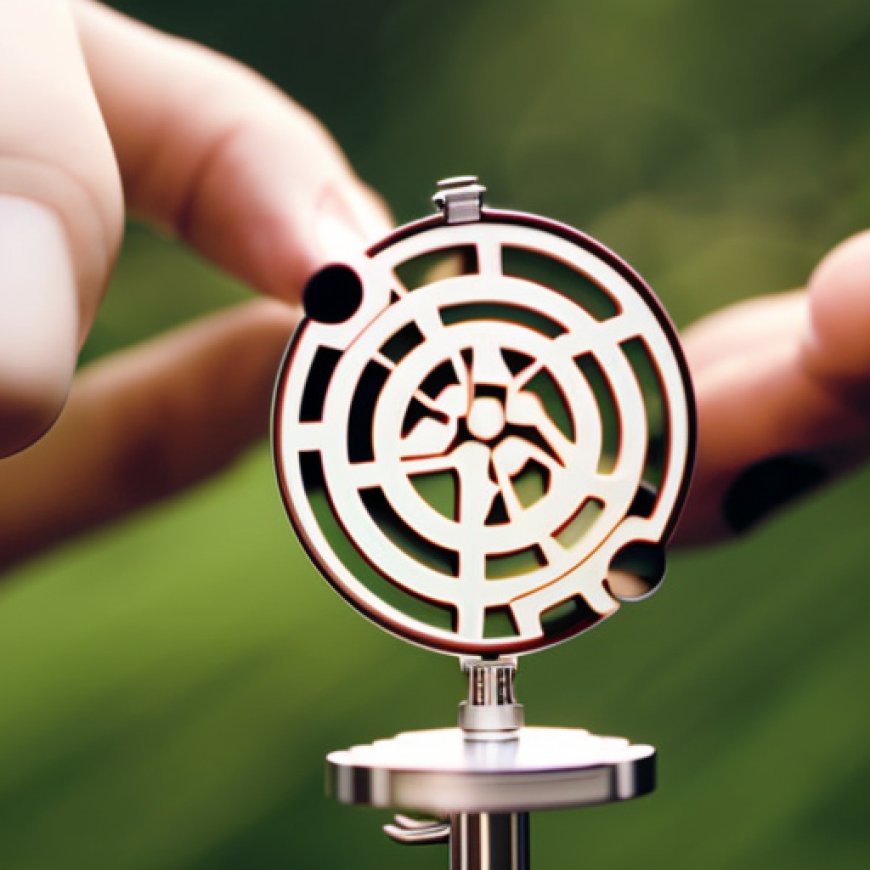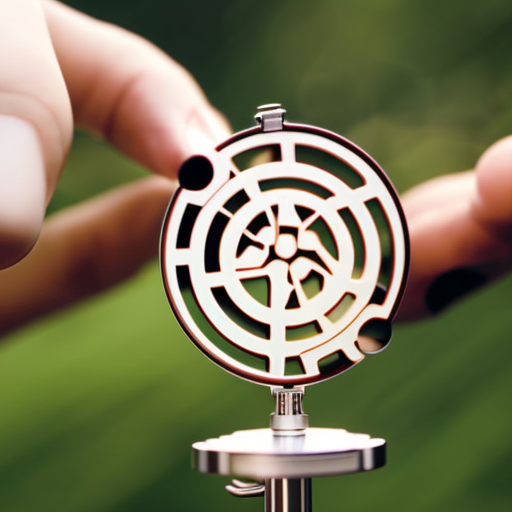Hope Theory offers a vision for the circular economy | Greenbiz
Hope Theory offers a vision for the circular economy | Greenbiz GreenBiz


I was speaking with a mentor of mine a few weeks ago about something I’ve struggled with for years: my pessimism.
Negativity (and the sarcasm that tends to follow) has been a hallmark of my personality, however unwanted, for as long as I can remember. In digging deeper, one thing we discovered is that I have a fraught relationship with hope.
For some reason, the idea of hope has always rubbed me the wrong way. When I hear the word, I instinctively conjure up images of someone wishing something will happen, but doing nothing about it. It has always felt very passive, and that’s definitely not the way I operate.
A (very) brief history of hope
It seems as though the word may have originated between 1200 and 1300 C.E. and derived from the Old English word hopian. In those early days, people often thought of hope through a religious lens, and hopian was defined as trust in God’s word. The definition has remained largely the same, but its use now spreads well beyond the spiritual. As an example, just a few days ago my 4-year-old said, “I hope I can have ice cream after dinner.”
A lot has been said about hope throughout time, from the positive all the way to the painfully saccharine. Martin Luther King Jr., for example, said, “We must accept finite disappointment, but never lose infinite hope.” Aristotle, for his part, said, “Hope is the dream of a walking man.” Finally, in one of my least favorite (and most nausea-inducing quotes), Victorian abolitionist lawyer Robert Green Ingersoll once said, “Hope is the only bee that makes honey without flowers.”
Hope Theory
This brings me to the thing that actually changed my mind about hope, a psychological theory.
Hope Theory, as I understand it, is attributed to C.R. Snyder, a professor of clinical psychology at the University of Kansas. Of some importance to this story, I think, is a passage from Snyder’s 2006 obituary that describes him as an “uncommonly good man (who) tirelessly worked to help many others become the uncommonly good people he foresaw that they could be.”
Snyder’s Hope Theory argues that three things make up hopeful thinking:
- Goals — Approaching life in a goal-oriented way.
- Pathways — Finding different ways to achieve your goals.
- Agency — Believing that you can instigate change and achieve these goals.
Described this way, hope takes on a whole new meaning. It is no longer a passive wish for things to get better, but instead something to plan for and achieve. Wow! All these years I frowned upon hope (and those that held it) simply because I was ignorant of what it could be. Frankly, I’m a little bit ashamed.
Applying hope to the circular economy
Thought of in this three-step structure, hope provides a pathway for us, as circular economy practitioners and enthusiasts.
Step 1: Goals
Let’s face it, we all need goals, and I’d venture to guess we all have goals for moving our organizations toward a more circular future. This is the easy part, IMHO.
Step 2: Pathways
This is really where the rubber meets the road. Will your pathway include product or packaging redesign? New business models? Reverse logistics and product takeback? It seems like this is where a lot of our collective work in the circular economy is hung up right now, and unlocking pathways toward circularity will be key to moving forward.
Step 3: Agency
This step is really what changed hope from something I shrugged aside to something I’m trying to embrace. Without agency, hope is nothing more than a wish for a better future. If we can all recognize our creativity, welcome new forms of cooperation and be steadfast in the righteousness of the cause, then agency follows naturally.
To sum it all up, I think we can all, through the power of hope, work to be uncommonly good and help the organizations we work for be uncommonly good in the process.
SDGs, Targets, and Indicators
| SDGs | Targets | Indicators |
|---|---|---|
| SDG 12: Responsible Consumption and Production | Target 12.5: By 2030, substantially reduce waste generation through prevention, reduction, recycling, and reuse | No specific indicators mentioned in the article |
| SDG 8: Decent Work and Economic Growth | Target 8.4: Improve progressively, through 2030, global resource efficiency in consumption and production and endeavor to decouple economic growth from environmental degradation | No specific indicators mentioned in the article |
| SDG 17: Partnerships for the Goals | Target 17.16: Enhance the Global Partnership for Sustainable Development, complemented by multi-stakeholder partnerships that mobilize and share knowledge, expertise, technology, and financial resources | No specific indicators mentioned in the article |
1. Which SDGs are addressed or connected to the issues highlighted in the article?
SDG 12: Responsible Consumption and Production
The article discusses the need for a more circular and sustainable future, which aligns with SDG 12’s focus on responsible consumption and production.
SDG 8: Decent Work and Economic Growth
The article mentions the work of circular economy practitioners and enthusiasts, which relates to SDG 8’s goal of promoting decent work and economic growth.
SDG 17: Partnerships for the Goals
The article emphasizes the importance of cooperation and partnerships in achieving a more circular and sustainable future, aligning with SDG 17’s focus on partnerships for the goals.
2. What specific targets under those SDGs can be identified based on the article’s content?
Target 12.5: By 2030, substantially reduce waste generation through prevention, reduction, recycling, and reuse
The article discusses the need for pathways towards circularity, which includes strategies such as product or packaging redesign, new business models, and reverse logistics and product takeback. These strategies contribute to the target of reducing waste generation through prevention, reduction, recycling, and reuse.
Target 8.4: Improve progressively, through 2030, global resource efficiency in consumption and production and endeavor to decouple economic growth from environmental degradation
The article highlights the importance of achieving a more circular and sustainable future, which involves improving resource efficiency in consumption and production. This aligns with target 8.4 of improving global resource efficiency and decoupling economic growth from environmental degradation.
Target 17.16: Enhance the Global Partnership for Sustainable Development, complemented by multi-stakeholder partnerships that mobilize and share knowledge, expertise, technology, and financial resources
The article emphasizes the need for cooperation, creativity, and new forms of cooperation to achieve a more circular and sustainable future. This aligns with target 17.16 of enhancing the global partnership for sustainable development and promoting multi-stakeholder partnerships.
3. Are there any indicators mentioned or implied in the article that can be used to measure progress towards the identified targets?
No specific indicators are mentioned or implied in the article that can be used to measure progress towards the identified targets.
Behold! This splendid article springs forth from the wellspring of knowledge, shaped by a wondrous proprietary AI technology that delved into a vast ocean of data, illuminating the path towards the Sustainable Development Goals. Remember that all rights are reserved by SDG Investors LLC, empowering us to champion progress together.
Source: greenbiz.com

Join us, as fellow seekers of change, on a transformative journey at https://sdgtalks.ai/welcome, where you can become a member and actively contribute to shaping a brighter future.







